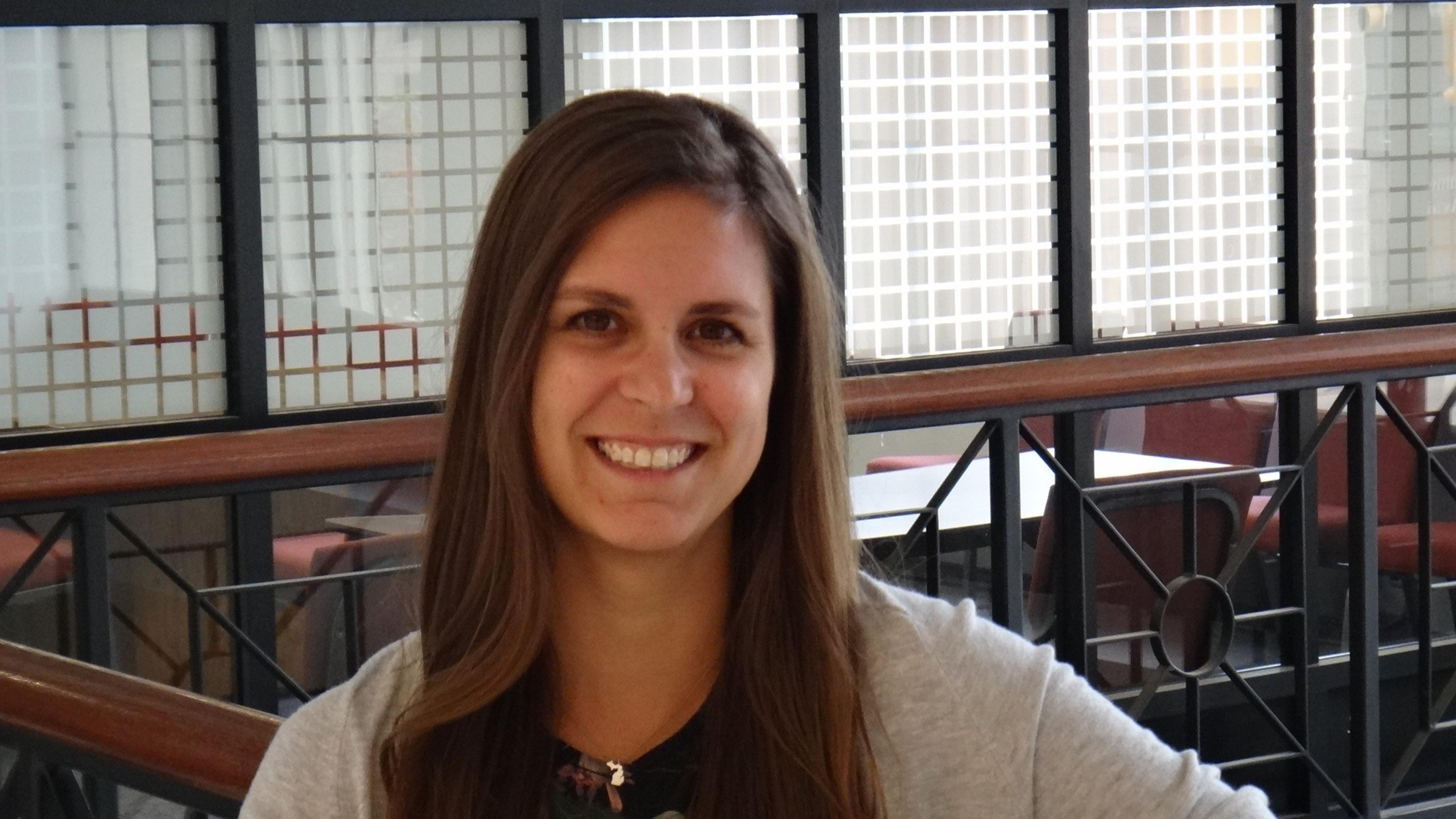What is Complex PTSD?

Lindsay Knake
| 3 min read
Lindsay Knake is a brand journalist for Blue Cross B...

Traumatic events can cause ongoing symptoms of flashbacks, emotional distress and anxiety. Prolonged trauma, however, may create an additional set of symptoms and struggles called complex post-traumatic stress disorder (C-PTSD).
This diagnosis includes the psychological harm of traumatic experiences that repeat for months or years, according to the National Center for PTSD. C-PTSD can develop in 1% to 8% of people who have experienced ongoing, threatening events such as childhood physical or sexual abuse, ongoing community violence or domestic violence, according to the International Classification of Diseases.
The disorder is associated with increased risks for health problems such as coronary heart disease and chronic obstructive pulmonary disorder and health risk behaviors such as smoking and heavy drinking, according to the CPTSD Foundation.
What are the symptoms of C-PTSD?
The diagnosis includes all symptoms of post-traumatic stress disorder (PTSD), including:
- Anxiety
- Flashbacks and/or nightmares
- Avoiding situations, places and reminders of the traumatic event
- Impulsivity, irritability or aggressiveness
- Persistent difficulties in sustaining relationships
- Hypervigilance
C-PTSD, according to the National Center for PTSD, includes:
- Difficulty with emotional regulation, including persistent sadness, suicidal thoughts, explosive anger or inhibited anger.
- Forgetting traumatic events, reliving traumatic events or having episodes of dissociation in which one feels detached from one's mental processes or body.
- Feelings of shame, guilt, stigma and a sense of being completely different from other human beings.
- Distorted perceptions of the perpetrator, including attributing total power to the perpetrator, becoming preoccupied with the relationship to the perpetrator or preoccupied with revenge.
- Difficulty maintaining relationships, including isolation, distrust or a repeated search for a rescuer.
- Experiencing hopelessness and despair.
How is C-PTSD different from PTSD?
While PTSD and C-PTSD share much in common, the main difference is in the length of the traumatic experience and symptoms. Typically, PTSD develops from short-term traumatic events such as car crashes or natural disasters rather than long-term events, according to the Cleveland Clinic.
People who experience ongoing childhood trauma and C-PTSD often have a loss of safety and agency over themselves and their environment, according to the CPTSD Foundation. In children, this affects critical brain development and they can maintain feelings of hypervigilance and a lack of safety into adulthood. This disrupts their ability to find self-worth and create trusting relationships.
How is C-PTSD treated?
To treat C-PTSD, a health care provider could prescribe a combination of medication and therapy, according to the Cleveland Clinic. Common medications include:
- Antidepressants
- Sleep medications
- Anti-anxiety medications
Common therapies for C-PTSD treatment includes:
Blue Cross Blue Shield of Michigan offers Behavioral Health Crisis Care around the state.
Blue Cross Blue Shield of Michigan and Blue Care Network can help members find an in-network mental health professional by calling behavioral health access lines listed below:
PPO: Behavioral Health Access Line | 1-800-762-2382
A free and confidential resource that’s just a call away when you need immediate support. Behavioral health professionals answer, 24/7.
HMO: Behavioral Health Access Line | 1-800-482-5982
Connect with a behavioral health clinician if you need help finding a mental health or substance use provider.
Behavioral health clinicians are available for routine assistance from 8 a.m. to 5 p.m., Monday through Friday. For urgent concerns after hours, clinicians are also available 24 hours a day, seven days a week.
Learn more about mental health and options you have as a member to seek help at bcbsm.com/mentalhealth.
Image: Getty Images
Related:





